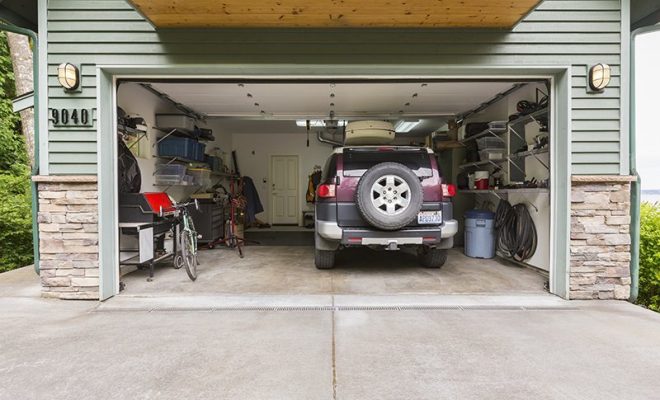How to Store a Car: 15 Steps

When it comes time to store your car for an extended period, you want to make sure that you’ve taken the proper steps to ensure it remains in good condition. Whether you’re storing it for the winter or taking an extended vacation, here are 15 steps to help protect your vehicle and maintain its value while it’s in storage:
1. Choose the right location: Look for a secure, dry and cool location to store your car, preferably an indoor garage or storage facility. If outdoor storage is your only option, make sure to invest in a high-quality weatherproof car cover.
2. Clean the exterior: Before storing your car, give it a thorough wash and wax to protect the paint from dust and contaminants. Make sure to clean the wheels and undercarriage as well.
3. Clean the interior: Vacuum the interior of your car, including seats, carpets, and mats. Wipe down all surfaces with a cleaner that’s safe for your car’s upholstery.
4. Check for leaks: Inspect your vehicle for any existing fluid leaks and have them resolved before putting it in long-term storage.
5. Change the oil: Make sure you change the oil and filter before storing your car to prevent engine corrosion from old or contaminated oil.
6. Fill the tank: Fill up the fuel tank with gas to prevent moisture accumulation and add a fuel stabilizer to extend the life of the fuel while in storage.
7. Disconnect the battery: To prevent battery drain during storage, disconnect or remove your car battery and store it in a cool, dry place away from flammable materials.
8. Maintain tire pressure: Inflate tires at their recommended pressure level before storage to prevent flat spots from developing due to uneven pressure distribution.
9. Use tire blocks or jack stands: Consider using tire blocks or jack stands to take some weight off the tires during long-term storage, which can help prevent flat spots and uneven wear.
10. Seal openings: Block the car’s exhaust pipe and air intake with steel wool or aluminum foil to prevent rodents from making themselves at home in your car.
11. Use a moisture absorber: Place moisture-absorbing packets or a similar product within the interior of your car to prevent mold and mildew.
12. Lubricate door seals: Slightly lubricate door and window seals with silicone spray or a rubber-safe lubricant to prevent them from drying out or sticking during storage.
13. Roll down windows slightly: Leave your car’s windows open a crack to encourage air circulation and reduce humidity levels inside.
14. Set the parking brake: Engage the parking brake when you park your car, this will secure the vehicle and reduce strain on transmission while in storage.
15. Cover your car: Use a high-quality car cover that is breathable, water-resistant, and provides protection against UV rays if the storage location is outdoors or not climate-controlled.
By following these 15 steps, you’ll help ensure that your car stays in top-notch condition even after extended periods of storage. Proper preparation and care are key to maintaining the value and performance of your vehicle while it’s not in use.

